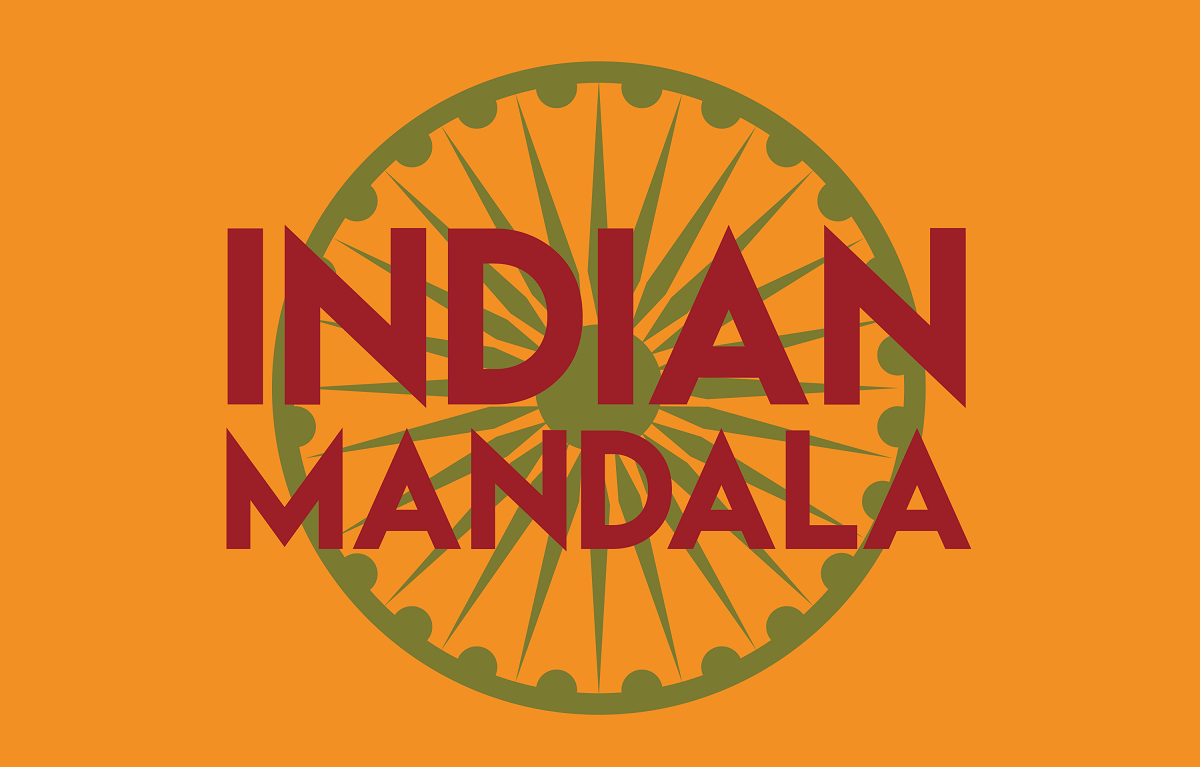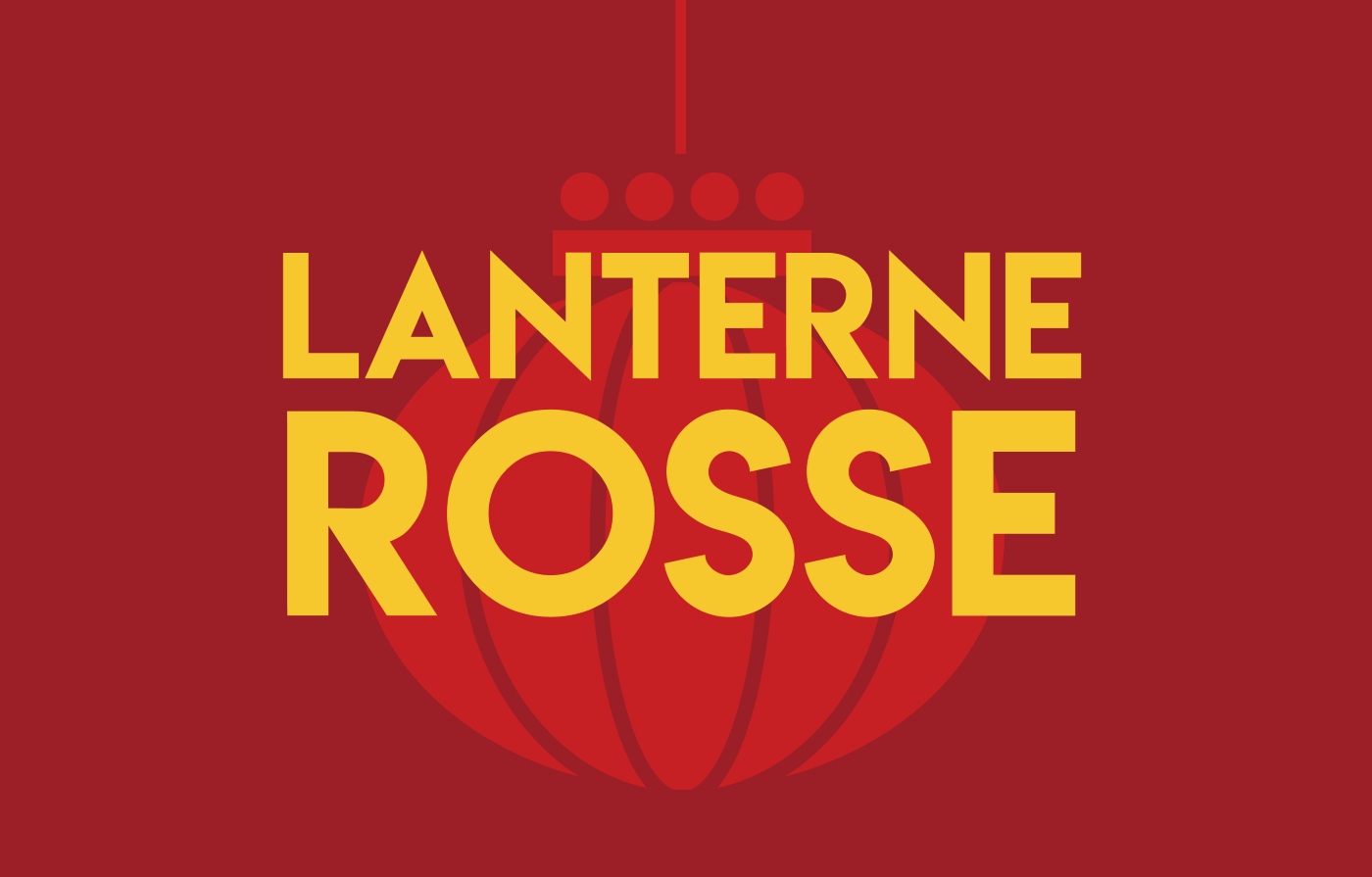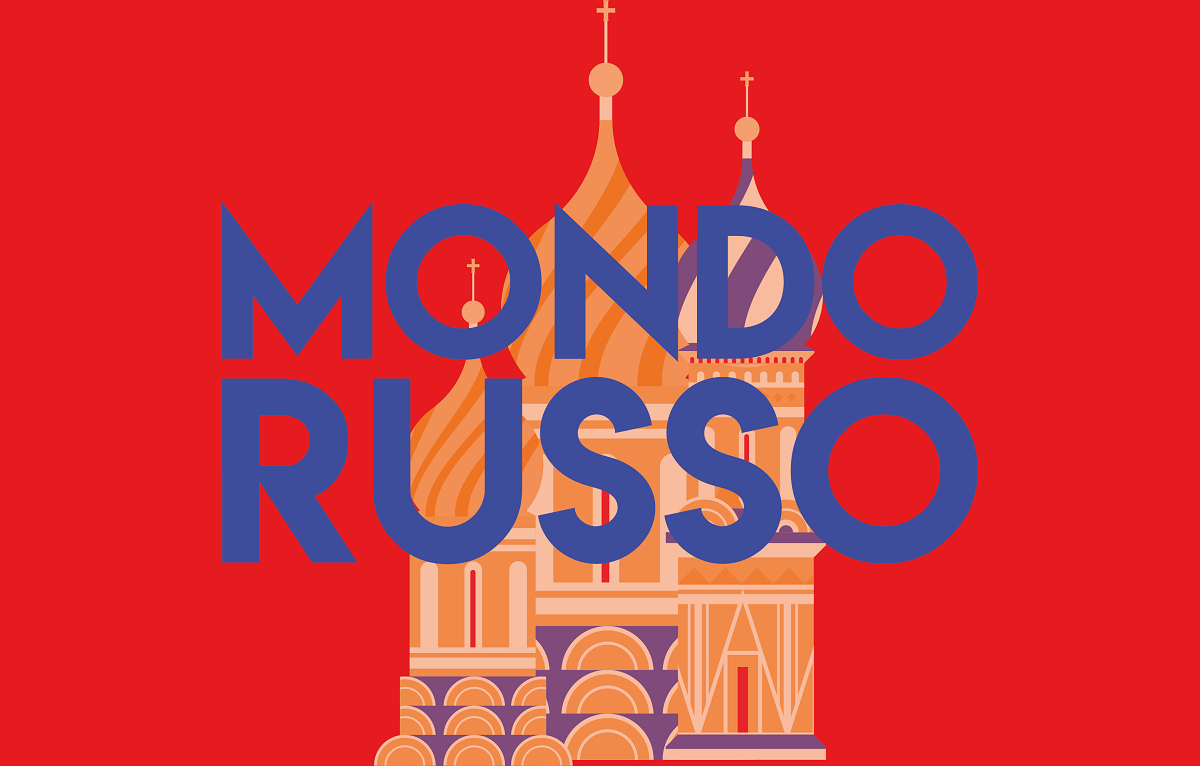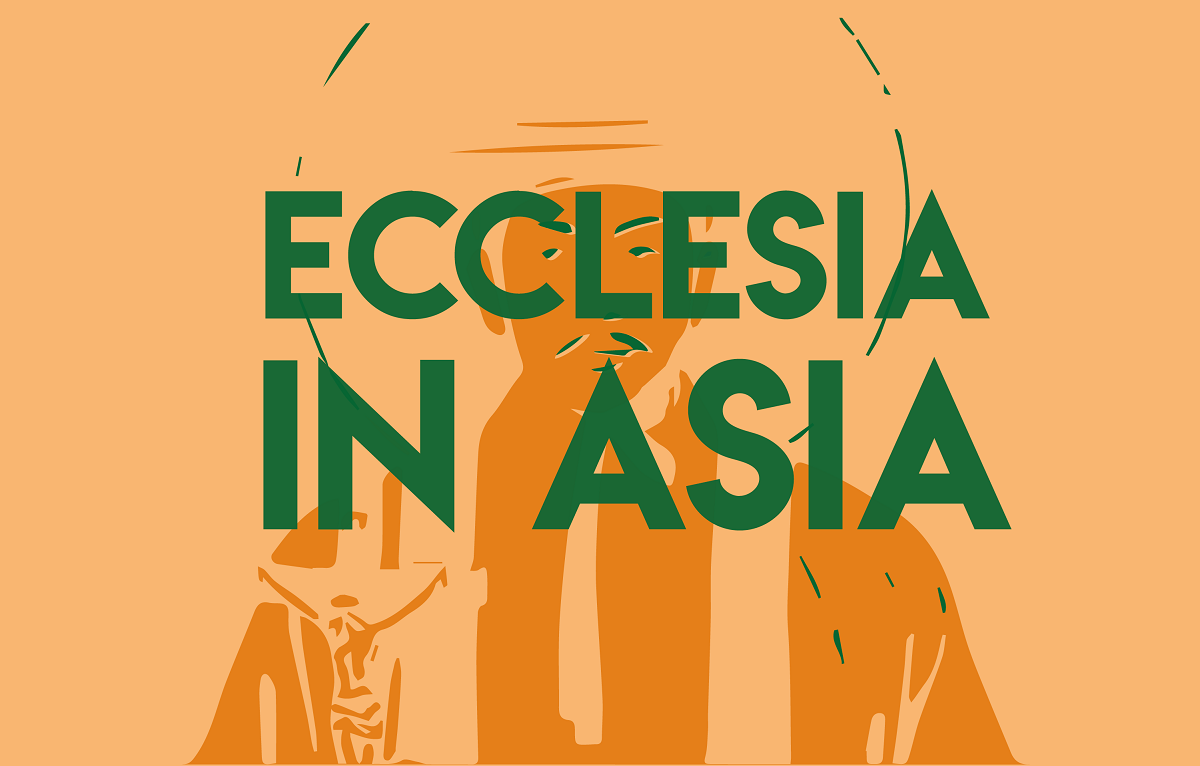Maharashtra: sectarian tensions continue as Modi set to visit to Nagpur
A crowd stormed a Sufi shrine, replacing the green flag with a saffron flag, a symbol of Hindu nationalism. In Nagpur, clashes broke out on 17 March after extremist groups called for the removal of Mughal Emperor Aurangzeb’s tomb. In this tense climate, Prime Minister Modi is expected in the city. Once a symbol of harmony, it has become a stronghold of the RSS paramilitary organisation and the centre of religious and political tensions.
Mumbai (AsiaNews) – In the Indian state of Maharashtra, communal tensions continue following clashes between Hindus and Muslims in Nagpur.
A crowd recently stormed the Hazrat Ahmed Chishti Dargah, a Sufi shrine known locally as Buwasind Baba, in the village of Rahuri.
The green flag traditionally flying at the site was forcibly removed and replaced by a saffron-coloured flag, a symbol of Hindu identity used by ultranationalist Hindutva movements.
In videos circulating on social media, a statue of Chhatrapati Shivaji Maharaj, a Maratha hero, is smeared with black paint and members of the crowd can be heard chanting religious slogans such as "Jai Shree Ram".
Local sources report that the violence eventually spread to surrounding areas, with stone-throwing incidents near a mosque and alleged attacks targeting the homes of Muslim residents.
Traditionally both Muslim and Hindu worshippers have visited the mausoleum, but in recent months, some Hindu far-right groups have begun to claim that the structure was built on an ancient Hindu temple, demanding it be “returned”.
Rahuri has a population of about 53,000 people, including around 14,000 Muslims. According to some witnesses, the police, although present during the attack, did not stop the crowd. Local authorities have not announced an investigation into the incident so far.
The episode is part of a broader pattern of sectarian tensions. For some time, Hindutva groups have been questioning the history of certain places of worship with provocative acts to reinforce a narrative according to which Hinduism should be the only religion of India.
On 17 March, clashes also broke out in Nagpur, another city in Maharashtra. Two Hindu ultranationalist groups, the Vishwa Hindu Parishad (VHP) and the Bajrang Dal, call for the removal of the tomb of Aurangzeb, a controversial Mughal emperor who persecuted Hindus and Sikhs.
According to early reports, protesters burnt an effigy of Aurangzeb and even a chadar (ritual cloth) with verses from the Qur‘an, although local authorities were quick to deny this claim. By then, rumours had spread quickly on social media, further fuelling tensions.
Within hours, the situation degenerated into stone throwing and attacks, with more than 30 police officers injured.
Even BJP members raised questions about the way police handled the situation when violence spread to the Mahal area, near the headquarters of the Rashtriya Swayamsevak Sangh (RSS), a far-right paramilitary organisation, founded in Nagpur in 1925.
In the days following the clashes, more than 100 people were arrested and, despite recent Supreme Court rulings prohibiting the demolition of houses as a punitive measure, city authorities razed the home of a Muslim man accused of starting the violence.
Maharashtra Chief Minister Devendra Fadnavis, a member of the Bharatiya Janata Party (BJP), the Hindu nationalist party of Prime Minister Modi, hails from Nagpur, the city that became a symbol of the Dalit and anti-caste movement led by Bhimrao Ramji Ambedkar, who converted to Buddhism here in 1956.
According to some commentators, the city has always served as a virtuous example of mutual communal respect and has long remained immune from sectarianism.
in fact, RSS head Sunil Ambekar seems to have tried to contain tensions by saying that Aurangzeb's tomb “holds no relevance”.
Conversely, BJP members did not condemn Hindutva groups for the violence (Chief Minister Fadnavis tried to shift responsibility on police and blamed a film for inflaming passions).
Prime Minister Narendra Modi, who started out in the RSS, will visit the movement's headquarters in Nagpur on Sunday, his first visit since taking office in 2014, on a date that coincides with the Marathi New Year in the Hindu calendar.
According to local newspapers, Modi will lay the foundation stone for an expanded Madhav Netralaya Eye Institute & Research Centre, an ophthalmology and research institute supported by the RSS.
Some analysts note that during last year's national election, the BJP distanced itself from the RSS, which might explain the party’s lower-than-expected performance, forcing it to look for allies to govern.
For this reason, the party tried quickly to "mend the rift,” which allowed it to win local elections in some key states, including Maharashtra.
(Nirmala Carvalho contributed to this article)
INDIAN MANDALA IS THE ASIANEWS NEWSLETTER DEDICATED TO INDIA. WOULD YOU LIKE TO RECEIVE IT EVERY FRIDAY? TO SUBSCRIBE, CLICK HERE.







.png)










